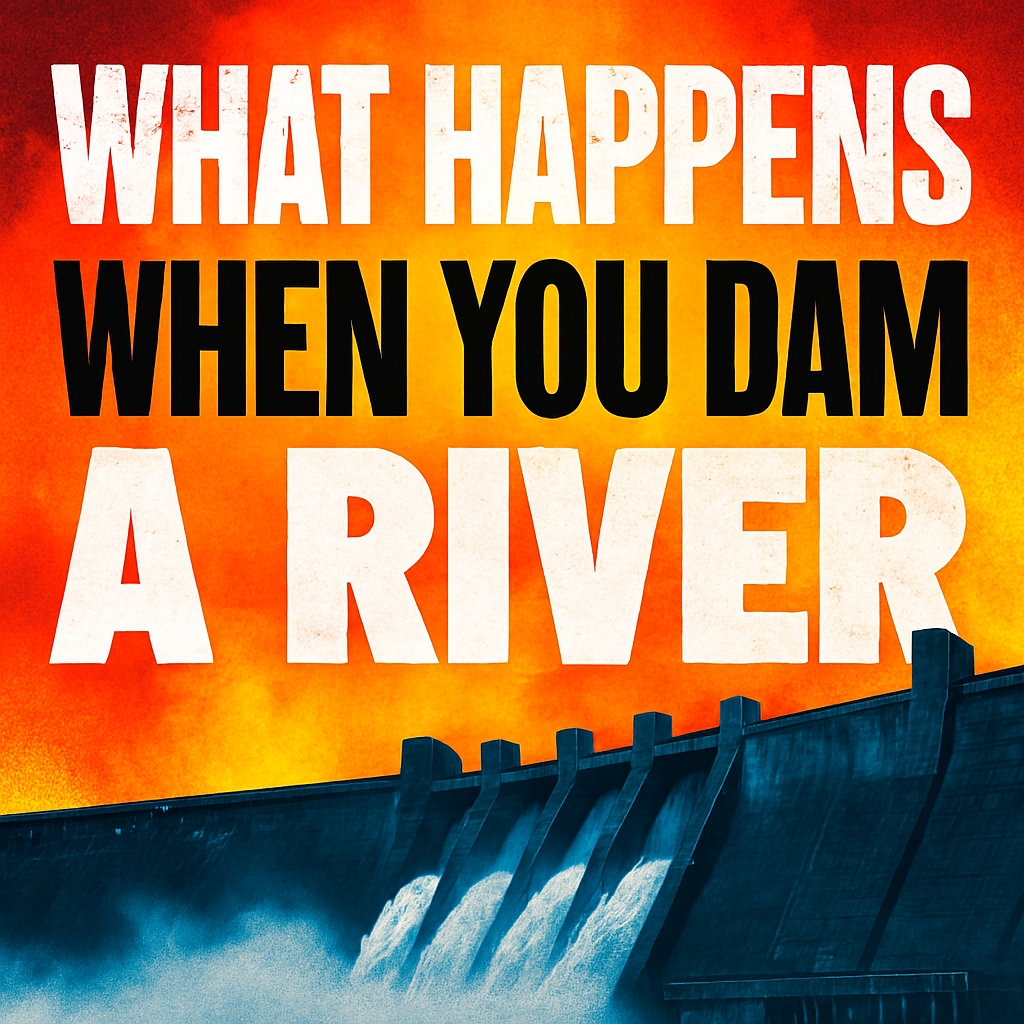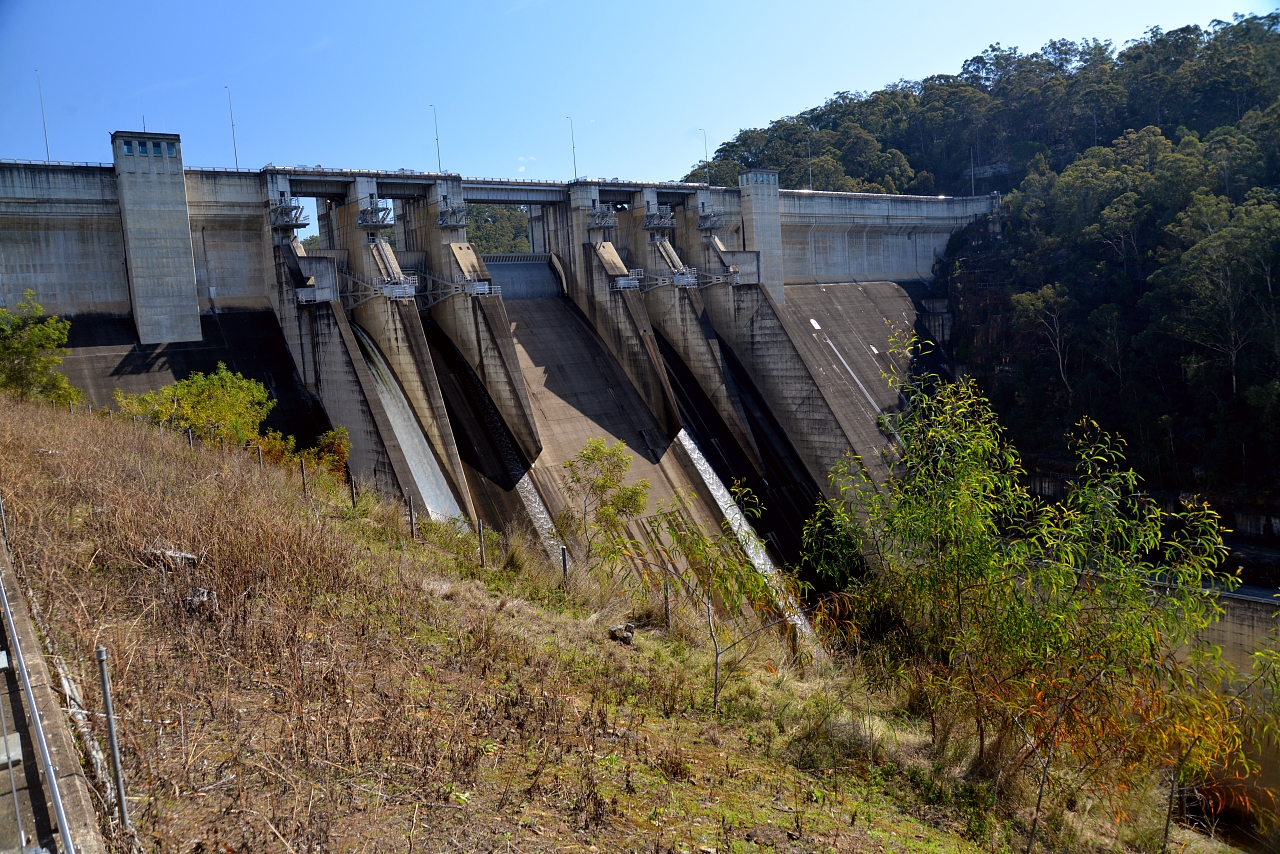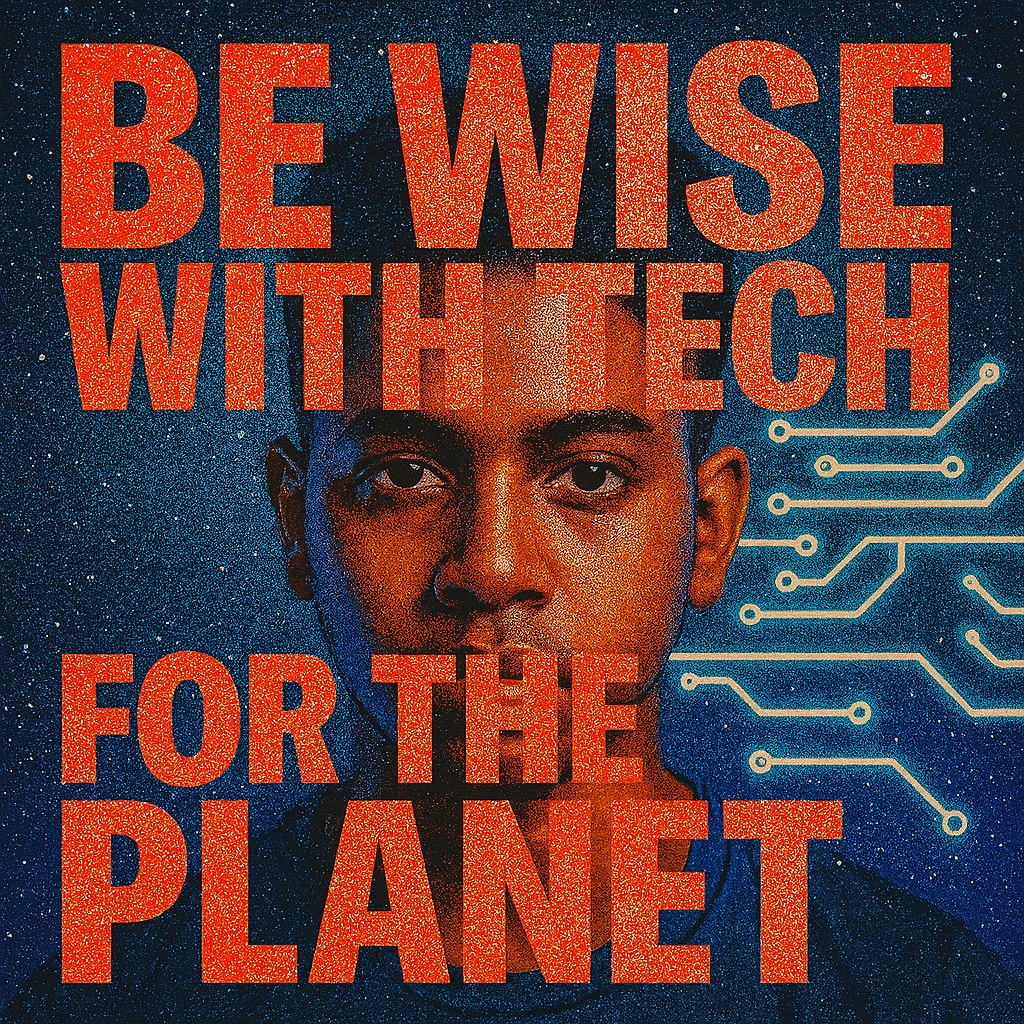HOW VIDEO GAMES HAVE CHANGED THE ENVIRONMENT
DIGITAL WORLDS AND EARTHLY CONSEQUENCES
Video games are no longer confined to living rooms and arcades. They shape global culture, influence behavior, and increasingly affect the environment. From the materials used in consoles to the energy powering cloud servers, gaming has become both a mirror and a motor of ecological change. What emerges is a portrait of an industry in transition—one that reflects our ecological anxieties and aspirations.

ENERGY CONSUMPTION – THE POWER BEHIND THE PLAY
Gaming demands electricity—lots of it. Consoles, PCs, and cloud servers all contribute to rising energy use. High-performance graphics cards consume more power than many household appliances. Online multiplayer games require constant server uptime. Cloud gaming platforms intensify this demand by shifting processing to remote data centers. These centers often rely on non-renewable energy sources.
The carbon footprint of gaming is growing. A single hour of cloud gaming can emit more CO₂ than watching a movie. Energy-efficient hardware is improving, but adoption remains uneven. Console manufacturers are exploring low-power modes. PC gamers often prioritize performance over efficiency. Game developers rarely optimize for energy use. Players are largely unaware of their gaming footprint. Awareness campaigns are limited. Regulatory pressure is minimal. The environmental cost of gaming is still underreported. Energy transparency could reshape consumer choices. Until then, the power behind the play remains hidden.
ENERGY USE COMPARISON TABLE
| Activity | Estimated Energy Use per Hour | Notes |
|---|---|---|
| Console Gaming | 90–150 Wh | Varies by console generation |
| PC Gaming (High-End GPU) | 200–500 Wh | Depends on resolution and settings |
| Cloud Gaming (Streaming) | 300–1000 Wh | Includes server-side processing |
| Watching HD Video (Streaming) | 50–100 Wh | Lower than gaming |
| Reading eBook | <10 Wh | Minimal energy footprint |
HARDWARE PRODUCTION – MATERIALS AND MINING
Gaming devices require rare earth metals. These include lithium, cobalt, and neodymium. Mining these materials damages ecosystems. It often involves deforestation, water pollution, and hazardous waste. Many mines operate in ecologically sensitive areas. Labor conditions are frequently exploitative. Supply chains lack transparency. Console production involves plastics, metals, and chemicals. E-waste from obsolete devices is mounting. Recycling rates remain low. Planned obsolescence accelerates turnover.
New console generations arrive every few years. Peripheral devices add to the burden. Controllers, headsets, and VR gear multiply material demand. Repairability is limited. Most devices are not designed for disassembly. Modular hardware could reduce waste. Few companies pursue this path. Sustainable materials are rare in gaming. The environmental toll of hardware is systemic. It begins with extraction and ends in landfills.
MATERIALS IN GAMING DEVICES TABLE
| Component | Key Materials Used | Environmental Concern |
|---|---|---|
| GPU | Silicon, Copper, Rare Earths | High energy and mining impact |
| Battery | Lithium, Cobalt | Toxic waste, water contamination |
| Console Casing | ABS Plastic, Polycarbonate | Non-biodegradable, fossil-derived |
| Screen | Glass, Indium Tin Oxide | Mining and disposal issues |
| Circuit Boards | Gold, Lead, Tin | Hazardous e-waste |
CLOUD GAMING – THE SERVER-SIDE IMPACT
Cloud gaming shifts processing from local devices to remote servers. This reduces the need for high-end personal hardware. But it increases demand on data centers. These centers require constant electricity, cooling systems, and backup infrastructure. Their energy footprint is substantial. Streaming games consumes more bandwidth than streaming video. High-resolution gameplay intensifies this load. Data centers often rely on fossil fuels. Renewable energy adoption is uneven across regions.
Server location affects environmental impact. Some countries have cleaner energy grids than others. Cloud gaming companies rarely disclose their energy sources. Players are unaware of server-side emissions. Subscription models encourage longer play sessions. This amplifies energy use. Efficiency gains are possible but require coordination. Cloud gaming is convenient but costly. Its environmental trade-offs are complex. Transparency and innovation are needed. Without them, server-side impact will grow unchecked.
CLOUD GAMING IMPACT TABLE
| Factor | Cloud Gaming Effect | Environmental Concern |
|---|---|---|
| Server Energy Demand | High | Increases carbon emissions |
| Cooling Requirements | Constant | Adds to electricity consumption |
| Bandwidth Usage | Very High | Strains internet infrastructure |
| Device Energy Savings | Moderate | Offsets some local energy use |
| Transparency | Low | Players unaware of backend footprint |

DIGITAL DISTRIBUTION – LESS PLASTIC, MORE POWER
Digital downloads reduce packaging waste. Fewer discs and boxes mean less plastic. Shipping emissions also decline. But digital distribution increases data traffic. Downloading large games consumes bandwidth. Updates and patches add to this load. Always-online games require constant connectivity. This demands energy from both ends. Players and servers stay active longer. Physical media has a one-time footprint. Digital media has a recurring one. The shift to digital is not purely green. It trades materials for electricity. Game sizes are ballooning. Some exceed 100 GB. Compression techniques are underused. Players value speed over efficiency. Developers prioritize content over optimization. The environmental cost of downloads is rising. Awareness remains low. Digital convenience masks ecological complexity.
PHYSICAL VS DIGITAL TABLE
| Format | Environmental Benefit | Environmental Cost |
|---|---|---|
| Physical Media | Less bandwidth use | Plastic waste, shipping emissions |
| Digital Media | No packaging or transport | High energy use, constant connectivity |
| Updates | Easier with digital | Frequent downloads increase footprint |
| Storage | Local for physical | Server-side for digital |
| Longevity | Physical can last longer | Digital tied to platform availability |
E-WASTE – THE DIGITAL AFTERLIFE
Gaming generates electronic waste. Old consoles, broken controllers, and outdated accessories pile up. Many devices are discarded after a few years. Recycling rates are low. Most e-waste ends up in landfills. Toxic materials leach into soil and water. Informal recycling is common in developing countries. Workers face hazardous conditions. Valuable metals are often lost. Repairability is limited by design. Proprietary parts hinder reuse. Modular systems are rare. Planned obsolescence accelerates turnover. New console generations drive upgrades. Peripheral devices multiply waste. VR headsets, motion sensors, and specialty gear add complexity. Few companies offer take-back programs. Consumer awareness is minimal. Regulations vary by region. E-waste is a growing global problem. Gaming contributes significantly. Solutions require systemic change.
E-WASTE SOURCES TABLE
| Device Type | Average Lifespan | Common Disposal Method | Recyclability Issues |
|---|---|---|---|
| Consoles | 5–7 years | Landfill or resale | Mixed materials, proprietary parts |
| Controllers | 2–4 years | Discarded or replaced | Battery disposal, plastic casing |
| VR Headsets | 3–5 years | Rarely recycled | Complex optics, limited programs |
| Accessories | 1–3 years | Often discarded | Low value, hard to disassemble |
CLOUD GAMING – THE SERVER-SIDE IMPACT
Cloud gaming shifts processing from local devices to remote servers. This reduces the need for high-end personal hardware. But it increases demand on data centers. These centers require constant electricity, cooling systems, and backup infrastructure. Their energy footprint is substantial. Streaming games consumes more bandwidth than streaming video. High-resolution gameplay intensifies this load. Data centers often rely on fossil fuels. Renewable energy adoption is uneven across regions. Server location affects environmental impact. Some countries have cleaner energy grids than others.
Cloud gaming companies rarely disclose their energy sources. Players are unaware of server-side emissions. Subscription models encourage longer play sessions. This amplifies energy use. Efficiency gains are possible but require coordination. Cloud gaming is convenient but costly. Its environmental trade-offs are complex. Transparency and innovation are needed. Without them, server-side impact will grow unchecked.
CLOUD GAMING IMPACT TABLE
| Factor | Cloud Gaming Effect | Environmental Concern |
|---|---|---|
| Server Energy Demand | High | Increases carbon emissions |
| Cooling Requirements | Constant | Adds to electricity consumption |
| Bandwidth Usage | Very High | Strains internet infrastructure |
| Device Energy Savings | Moderate | Offsets some local energy use |
| Transparency | Low | Players unaware of backend footprint |
DIGITAL DISTRIBUTION – LESS PLASTIC, MORE POWER
Digital downloads reduce packaging waste. Fewer discs and boxes mean less plastic. Shipping emissions also decline. But digital distribution increases data traffic. Downloading large games consumes bandwidth. Updates and patches add to this load. Always-online games require constant connectivity. This demands energy from both ends. Players and servers stay active longer. Physical media has a one-time footprint. Digital media has a recurring one. The shift to digital is not purely green. It trades materials for electricity. Game sizes are ballooning. Some exceed 100 GB. Compression techniques are underused. Players value speed over efficiency. Developers prioritize content over optimization. The environmental cost of downloads is rising. Awareness remains low. Digital convenience masks ecological complexity.
PHYSICAL VS DIGITAL TABLE
| Format | Environmental Benefit | Environmental Cost |
|---|---|---|
| Physical Media | Less bandwidth use | Plastic waste, shipping emissions |
| Digital Media | No packaging or transport | High energy use, constant connectivity |
| Updates | Easier with digital | Frequent downloads increase footprint |
| Storage | Local for physical | Server-side for digital |
| Longevity | Physical can last longer | Digital tied to platform availability |
E-WASTE – THE DIGITAL AFTERLIFE
Gaming generates electronic waste. Old consoles, broken controllers, and outdated accessories pile up. Many devices are discarded after a few years. Recycling rates are low. Most e-waste ends up in landfills. Toxic materials leach into soil and water. Informal recycling is common in developing countries. Workers face hazardous conditions. Valuable metals are often lost. Repairability is limited by design. Proprietary parts hinder reuse. Modular systems are rare. Planned obsolescence accelerates turnover. New console generations drive upgrades. Peripheral devices multiply waste. VR headsets, motion sensors, and specialty gear add complexity. Few companies offer take-back programs. Consumer awareness is minimal. Regulations vary by region. E-waste is a growing global problem. Gaming contributes significantly. Solutions require systemic change.
E-WASTE SOURCES TABLE
| Device Type | Average Lifespan | Common Disposal Method | Recyclability Issues |
|---|---|---|---|
| Consoles | 5–7 years | Landfill or resale | Mixed materials, proprietary parts |
| Controllers | 2–4 years | Discarded or replaced | Battery disposal, plastic casing |
| VR Headsets | 3–5 years | Rarely recycled | Complex optics, limited programs |
| Accessories | 1–3 years | Often discarded | Low value, hard to disassemble |
| Cables and Adapters | 1–2 years | Thrown away | Copper recovery rarely pursued |
PLAYER BEHAVIOR – SHIFTING AWARENESS AND HABITS
Gamers are becoming more conscious of their environmental impact. Some now choose energy-efficient devices. Others reduce playtime or adjust settings to lower power use. Awareness is growing, but slowly. Most players still prioritize performance and convenience. Environmental concerns rarely influence game purchases. However, eco-themed games are gaining traction.
Players engage with climate narratives and conservation mechanics. These experiences can shift real-world behavior. Some gamers donate to environmental causes. Others participate in virtual clean-up events. Online forums discuss sustainability in gaming. Modding communities create eco-conscious content. Streamers raise awareness during live sessions. Player-led initiatives are emerging. These include recycling drives and energy audits. The shift is uneven but visible. Younger players show more interest in sustainability. Cultural norms are evolving. Gaming is no longer isolated from ecological discourse. Players are becoming digital stewards. Their habits reflect broader environmental anxieties.
PLAYER BEHAVIOR SHIFT TABLE
| Behavior Change | Description | Environmental Impact |
|---|---|---|
| Energy Settings Adjustment | Lowering brightness, frame rate | Reduces electricity use |
| Eco-Themed Game Engagement | Playing climate-focused titles | Raises awareness |
| Hardware Consciousness | Choosing efficient devices | Lowers long-term footprint |
| Community Activism | Organizing green campaigns | Builds collective impact |
| Streaming Advocacy | Promoting sustainability during gameplay | Educates wider audiences |
DEVELOPER RESPONSIBILITY – DESIGNING FOR IMPACT
Game developers are rethinking their role in environmental storytelling. Some now embed climate themes into gameplay. Others design mechanics that reward conservation. Studio culture is shifting. Sustainability is becoming part of development ethics. Energy-efficient coding is still rare but growing. Developers are exploring modular design. This allows for longer device lifespans. Some studios offset carbon emissions. Others partner with environmental NGOs.
Game engines are being optimized for lower power use. Asset reuse is encouraged. Procedural generation reduces storage demands. Developers are also educating players. In-game prompts highlight ecological choices. Narrative arcs reflect environmental dilemmas. The shift is not universal. Many studios still prioritize graphics over efficiency. But the conversation has begun. Developers are becoming ecological storytellers. Their design choices shape player behavior. The industry is slowly aligning with environmental values.
DEVELOPER INITIATIVES TABLE
| Initiative | Description | Ecological Benefit |
|---|---|---|
| Climate Storylines | Embedding environmental themes | Raises awareness |
| Efficient Coding Practices | Reducing resource-heavy processes | Lowers energy use |
| Modular Game Design | Supporting longer hardware cycles | Reduces e-waste |
| NGO Partnerships | Collaborating with green organizations | Builds credibility and impact |
| Procedural Content | Auto-generating assets | Minimizes storage and bandwidth |

COMMUNITY CULTURE – COLLECTIVE ECO-CONSCIOUSNESS
Gaming communities are evolving into spaces of environmental dialogue. Forums host discussions on sustainability. Players share tips on reducing gaming footprints. Subreddits explore eco-friendly setups. Discord servers organize green challenges. Community-led game jams focus on climate themes. These events foster innovation. Players collaborate on low-impact game design. Environmental modding is gaining popularity. Some communities track energy use collectively. Leaderboards reward sustainable play. Virtual worlds host climate protests. Avatars become symbols of ecological identity. Community norms are shifting. Toxicity is being replaced by stewardship. Players hold each other accountable. Shared values emerge around conservation. These spaces reflect broader cultural change. Gaming is no longer escapist—it’s engaged. Communities are becoming ecological ecosystems. Their influence extends beyond the screen.
COMMUNITY CULTURE TABLE
| Community Practice | Description | Cultural Shift |
|---|---|---|
| Eco Game Jams | Climate-themed development events | Fosters innovation |
| Sustainability Forums | Online discussions on green gaming | Builds awareness |
| Modding for Ecology | User-created environmental content | Encourages creativity |
| Virtual Climate Protests | In-game activism | Symbolizes collective concern |
| Shared Energy Tracking | Group monitoring of usage | Promotes accountability |
INDUSTRY LEADERSHIP – CORPORATE SHIFTS AND GREEN SIGNALS
Major gaming companies are beginning to address environmental concerns. Some have pledged carbon neutrality. Others are investing in renewable energy for data centers. Console manufacturers explore recyclable packaging. Game publishers support climate-focused charities. Leadership varies across regions and brands. European studios often lead in sustainability. North American firms focus on public relations. Asian companies prioritize energy efficiency. Transparency remains inconsistent. Annual sustainability reports are rare. Environmental goals are often vague. Few companies disclose lifecycle emissions. Some partner with climate coalitions. Others join global green initiatives. Industry-wide standards are lacking. Voluntary efforts dominate the landscape. Leadership is symbolic but uneven. Players demand accountability. Shareholders show growing interest. Environmental stewardship is becoming a brand asset. The shift is slow but visible.
CORPORATE INITIATIVES TABLE
| Company Type | Common Green Action | Transparency Level | Long-Term Impact |
|---|---|---|---|
| Console Manufacturer | Recyclable packaging, energy modes | Moderate | Hardware footprint |
| Game Publisher | Climate donations, themed content | Low | Cultural influence |
| Cloud Provider | Renewable energy investment | High in some regions | Server emissions |
| Mobile Developer | Lightweight apps, low power design | Variable | Device energy use |
| Indie Studio | Eco storytelling, modular design | High | Symbolic leadership |
EMOTIONAL SHIFT – PLAYING WITH ECOLOGICAL CONSCIENCE
Gaming is becoming emotionally ecological. Players feel connected to virtual environments. Landscapes evoke real-world concern. Climate narratives trigger reflection. Games simulate environmental collapse. These experiences shape emotional responses. Players report increased eco-anxiety. Others feel empowered to act. Emotional resonance drives behavior change. Games offer safe spaces for ecological grief. They also inspire hope. Restoration mechanics promote healing. Players learn stewardship through play. Emotional design is intentional. Developers use music, visuals, and pacing. These elements deepen ecological immersion. Emotional shifts are generational. Younger players show stronger reactions. Climate themes are no longer niche. They are central to storytelling. Gaming becomes a mirror of ecological emotion. It reflects our fears and aspirations.
EMOTIONAL THEMES IN GAMES TABLE
| Theme | Emotional Effect | Environmental Message |
|---|---|---|
| Collapse Simulation | Anxiety, urgency | Warning against inaction |
| Restoration Gameplay | Hope, empowerment | Value of stewardship |
| Resource Scarcity | Tension, strategy | Importance of conservation |
| Climate Migration | Empathy, displacement | Human cost of environmental change |
| Biodiversity Loss | Sadness, curiosity | Fragility of ecosystems |
SYMBOLIC REPRESENTATION – NATURE IN DIGITAL WORLDS
Nature is increasingly symbolic in games. Forests represent mystery and refuge. Oceans evoke depth and danger. Mountains symbolize challenge and isolation. Deserts reflect scarcity and survival. These landscapes shape player psychology. They also carry ecological meaning. Developers use nature to frame moral choices. Players navigate environmental dilemmas. Symbolism deepens immersion. It also educates indirectly. Games rarely explain symbolism explicitly. Players interpret through experience. Nature becomes a narrative tool. It guides emotion and ethics. Symbolic design is powerful. It influences perception beyond gameplay. Players carry these meanings into real life. Nature in games is not neutral. It reflects cultural values. It shapes ecological imagination. Symbolism is a bridge between pixels and planet.
SYMBOLIC LANDSCAPES TABLE
| Environment Type | Common Symbolism | Ecological Message |
|---|---|---|
| Forest | Mystery, refuge, life | Biodiversity and protection |
| Ocean | Depth, danger, unknown | Climate change and pollution |
| Mountain | Challenge, isolation, achievement | Fragility and altitude ecosystems |
| Desert | Scarcity, survival, resilience | Water conservation |
| Arctic | Silence, loss, purity | Melting ice and global warming |
MULTICULTURAL STEWARDSHIP – DIVERSE VOICES IN DIGITAL ECOLOGY
Environmental storytelling in games is becoming more inclusive. Developers are drawing from Indigenous, diasporic, and non-Western ecological traditions. These perspectives challenge dominant narratives of conquest and extraction. Games now feature characters who protect land, not just conquer it. Cultural knowledge systems are woven into gameplay. Players learn about traditional farming, water cycles, and forest guardianship. Language diversity is increasing. Some games include native dialects and oral storytelling. Environmental justice is entering the frame. Players confront issues of displacement, pollution, and land rights. Representation is not just visual—it’s philosophical.
Multicultural stewardship reframes what it means to care for the Earth. It centers reciprocity over domination. These narratives resonate globally. Players from all backgrounds find cultural mirrors. Developers collaborate with local communities. Authenticity becomes a design priority. Multicultural ecology is not a trend—it’s a correction. It restores balance to digital nature. Games become bridges between cultures and climates. They teach that sustainability is plural.
MULTICULTURAL ECOLOGY IN GAMES TABLE
| Cultural Lens | Ecological Theme | Game Design Element |
|---|---|---|
| Indigenous Knowledge | Land as kin, not resource | Non-extractive mechanics |
| African Diaspora | Water as memory and migration | Flow-based storytelling |
| South Asian Traditions | Cycles of rebirth and decay | Seasonal gameplay |
| Pacific Islander Lore | Ocean stewardship and navigation | Currents, tides, and oral maps |
| Latin American Ecology | Biodiversity and resistance | Jungle ecosystems, community defense |
PARA-ATHLETE REPRESENTATION – ACCESS, EMBODIMENT, AND ENVIRONMENT
Gaming is expanding who gets to play and how. Para-athlete representation is growing in both character design and control systems. Adaptive controllers make gaming more accessible. These tools reduce physical barriers. But they also reshape environmental interaction. Players with disabilities engage with nature-themed games differently. They bring unique perspectives on access, resilience, and adaptation.
Some games now feature disabled protagonists. These characters navigate landscapes with wheelchairs, prosthetics, or sensory tools. Environmental design must evolve to reflect this. Terrain, sound, and feedback systems are being reimagined. Accessibility is not just a feature—it’s a philosophy. It asks how all bodies relate to digital nature. Para-athlete gamers are also creators. They mod games, design levels, and consult on accessibility. Their presence changes the industry. It also changes the symbolic ecology of games. Nature becomes more inclusive. Environmental storytelling expands. The digital landscape becomes a place of shared embodiment.
ACCESSIBLE ENVIRONMENTAL DESIGN TABLE
| Feature Type | Accessibility Innovation | Ecological Impact |
|---|---|---|
| Adaptive Controllers | Custom input for diverse mobility | Enables broader environmental play |
| Audio Cues | Spatial sound for navigation | Enhances immersion and orientation |
| Visual Contrast Modes | High-contrast nature elements | Improves visibility in complex scenes |
| Terrain Scaling | Adjustable difficulty for movement | Reflects diverse physical realities |
| Narrative Inclusion | Disabled characters in eco-stories | Expands symbolic representation |

ECOLOGICAL IMAGINATION – REWILDING THE PLAYER MIND
Games are laboratories for ecological imagination. They allow players to simulate futures, test ideas, and reimagine relationships with nature. Some games depict post-collapse worlds. Others offer visions of restoration. Players experiment with reforestation, permaculture, and species reintroduction. These mechanics teach systems thinking. They reveal the interdependence of life. Ecological imagination is not escapism—it’s rehearsal. Players learn to balance ecosystems. They manage water, soil, and biodiversity.
These skills translate into real-world awareness. Games become tools for environmental education. They also inspire activism. Players join climate movements after in-game experiences. Ecological imagination is emotional. It fosters awe, grief, and hope. It’s also political, though not partisan. It challenges extractive logic. It invites care, curiosity, and humility. Games become greenhouses for new ideas. They cultivate ecological literacy. They help players see the world as alive. The imagination becomes a site of resistance. And a seedbed for change.
ECOLOGICAL GAME MECHANICS TABLE
| Mechanic Type | Description | Environmental Insight |
|---|---|---|
| Rewilding Systems | Restoring habitats and species | Teaches ecological succession |
| Resource Balancing | Managing renewable vs finite inputs | Encourages sustainability thinking |
| Climate Simulation | Modeling weather and emissions | Reveals system fragility |
| Biodiversity Metrics | Tracking species health | Highlights interdependence |
| Eco-Repair Narratives | Healing damaged worlds | Inspires restoration and resilience |
FUTURE SCENARIOS – GAMING AS A CLIMATE FORESIGHT TOOL
Games are becoming platforms for speculative futures. Developers simulate climate scenarios decades ahead. Players navigate rising seas, food shortages, and mass migrations. These simulations are not dystopian by default. Some offer regenerative futures. Players experiment with circular economies and post-carbon societies. These mechanics build foresight. They help players anticipate consequences.
Games become rehearsal spaces for resilience. Scenario design is grounded in real data. Climate models inform gameplay dynamics. Sea level rise, temperature shifts, and biodiversity loss are embedded in code. Players test adaptation strategies. They build floating cities, rewild deserts, and manage climate refugees. These futures are interactive, not passive. They invite agency. Players become architects of possibility. This fosters systems thinking. It also builds emotional preparedness. Gaming becomes a tool for anticipatory governance. It trains minds for complexity. And hearts for uncertainty.
FUTURE SCENARIOS IN GAMES TABLE
| Scenario Type | Gameplay Focus | Educational Value |
|---|---|---|
| Collapse and Survival | Resource scarcity, migration | Teaches limits and resilience |
| Regenerative Futures | Ecosystem repair, circular design | Models sustainable alternatives |
| Climate Governance | Policy simulation, trade-offs | Builds civic and ecological literacy |
| Techno-Ecological Worlds | AI, renewables, synthetic biology | Explores innovation and ethics |
| Post-Human Landscapes | Non-human agency, rewilding | Expands ecological imagination |
POLICY INFLUENCE – FROM PLAY TO PUBLIC DISCOURSE
Video games are entering policy conversations. Governments recognize their cultural power. Some fund climate-themed game development. Others use games for public engagement. Urban planners simulate green cities through gamified tools. Environmental agencies collaborate with developers. Games become soft power instruments. They shape public opinion on climate action. Policy simulations teach trade-offs.
Players learn the cost of inaction. They also explore equity and justice. Games visualize who benefits and who bears the burden. This influences civic behavior. Players vote, organize, and advocate differently. Policymakers monitor gaming trends. They see games as cultural barometers. Some even consult game designers. The boundary between play and policy is blurring. Games are no longer apolitical. They are platforms for civic imagination. And tools for environmental governance.
POLICY AND GAMING INTERSECTION TABLE
| Policy Area | Game Application | Public Impact |
|---|---|---|
| Urban Planning | SimCity-style green infrastructure | Informs sustainable city design |
| Climate Adaptation | Scenario-based decision games | Builds resilience literacy |
| Environmental Justice | Role-based equity simulations | Highlights systemic disparities |
| Energy Transition | Grid management and trade-offs | Teaches resource balancing |
| Biodiversity Protection | Conservation strategy games | Raises awareness of species loss |
EMOTIONAL RESILIENCE – GAMING THROUGH CLIMATE GRIEF
Climate change evokes deep emotional responses. Anxiety, grief, and helplessness are common. Games offer a space to process these feelings. They provide narrative distance and symbolic framing. Players confront loss in manageable ways. They rebuild after floods. They mourn extinct species. They restore broken ecosystems. These actions foster emotional resilience. Games validate ecological grief.
They also offer hope. Restoration mechanics are powerful. They show that healing is possible. Players experience agency in the face of collapse. This counters despair. Emotional design is intentional. Music, pacing, and visual tone guide the journey. Games become rituals of repair. They help players metabolize climate trauma. Emotional resilience is not escapism. It’s preparation. Games teach how to stay with the trouble. And how to imagine beyond it.
EMOTIONAL RESILIENCE MECHANICS TABLE
| Mechanic Type | Emotional Function | Climate Relevance |
|---|---|---|
| Loss and Recovery Loops | Grief processing, narrative closure | Mirrors real-world climate trauma |
| Restoration Gameplay | Empowerment through repair | Models ecological healing |
| Symbolic Landscapes | Emotional anchoring | Evokes empathy for nature |
| Time-Lapse Worlds | Visualizing change and decay | Shows long-term consequences |
| Community Building | Collective resilience | Reflects social adaptation |
CONCLUSION – PLAYING TOWARD PLANETARY CHANGE
Video games have changed the environment—materially, symbolically, and emotionally. They consume energy, generate waste, and shape ecological imagination. But they also teach resilience, model restoration, and foster stewardship. Players are no longer passive consumers. They are ecological participants. Developers are no longer isolated coders. They are cultural architects.
Communities are no longer fragmented. They are ecosystems of care. The industry is evolving. It reflects our anxieties and aspirations. It mirrors the climate crisis and the hope for repair. Gaming is not separate from nature. It is part of the story. Every pixel carries a footprint. Every mechanic encodes a message. Every landscape invites reflection. The challenge is not to stop playing. It is to play differently. To design with care. To imagine with humility. To restore with intention. The future of gaming is ecological. And the future of ecology is playable.
JOIN THE DISCUSSION – FROM PLAYER TO PLANET KEEPER
We hope rethink how we play and rethink our digital world for tyhe better but how. To reframe what games can do. To recognize the environmental stakes of digital worlds. Whether you’re a developer, player, critic, or investor—your choices matter.
#PlayablePlanet #EcoGaming #DigitalStewardship #ClimateNarratives #GreenGameDesign #AccessibleEcology #MulticulturalGaming #ParaAthletePlay #SymbolicLandscapes #GamingForChange #EnvironmentalImagination #RewildTheScreen #SustainablePlay #ClimateMechanics #GameDevForEarth #VirtualRestoration #PixelFootprint #InclusiveNatureDesign #GamingAndEcology #FutureOfPlay













Why A Childlike Mindset Enhances Magical Sports Performance
[…] destabilize opponents, and create openings where none existed. Playfulness also allows athletes to experiment during training, discovering new techniques and combinations that rigid drills might never reveal. Coaches who foster this mindset often see […]